Scene of trains running in the middle of the sea in Europe
Every day, more than 100 trains run on the Hindenburg railway, a great German mid-sea project.
- The first cross-sea tunnel connecting Asia-Europe
- China operates the world's longest high-speed rail
Photos of the railway across the sea
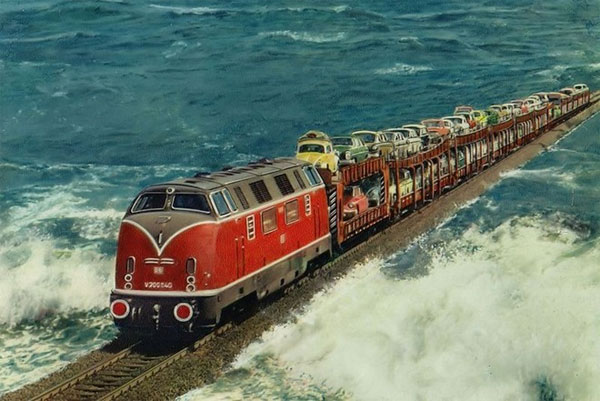
The Hindenburg railwayconnects Sylt island with Schleswig-Holstein, the farthest northern state of Germany.
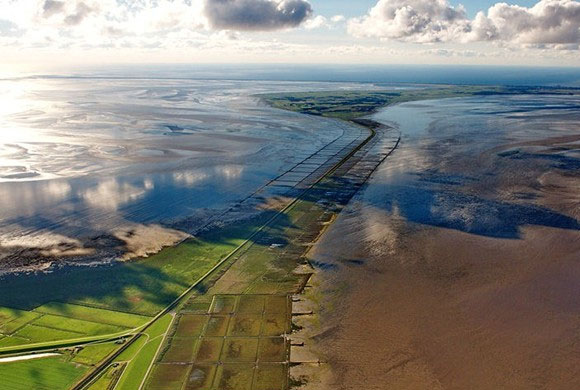
Before the railway was born, the move from the mainland to Sylt island depended on the weather conditions at sea.The worse the wave, the harder it is to move.
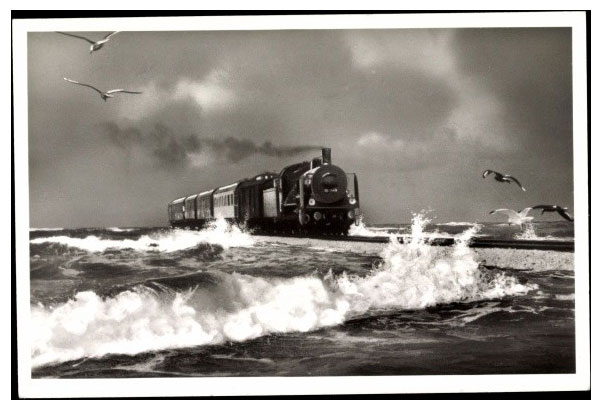
Back then the passenger took at least 6 hours to move from the mainland to Sylt Island by ship.
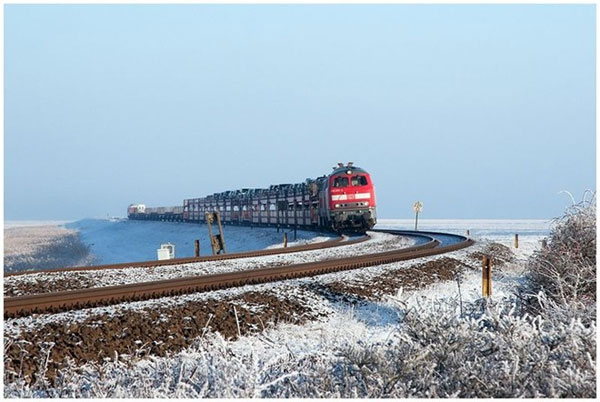
In winter, the ice on the Wadden Sea interferes with ships and boats, leaving very few visitors to Sylt Island.
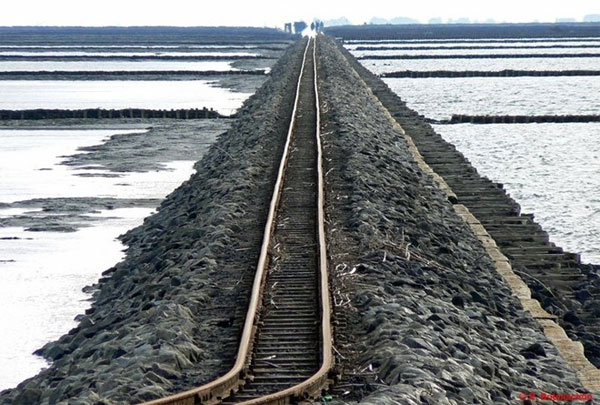
As the Westerland resort on the coast of Sylt Island became more and more popular, in the early 20s of the last century, German authorities planned to make a railway to the island.
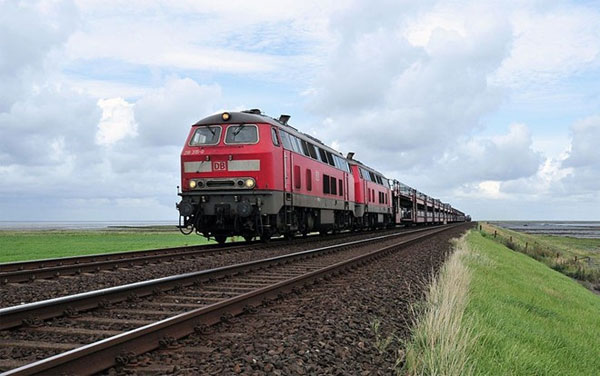
Initially they wanted to make a railway from Hoyerschleuse city to the island, but after World War I, Germany was forced to give Hoyerschleuse to Denmark.

As the border changes, the railway line on the drawing splits into two parts - including a part of the German territory, while the other part belongs to Denmark.So architects and engineers have to fix the design so that the route is entirely within German territory.

The process of making railways at sea began in 1923. For the next four years, workers and motor vehicles brought more than 3 million cubic meters of sand and clay, 120 tons of rock from the mainland to the sea to create beat.The length of the dam is 11km.

The German government called the route after the name of the German president back then, Paul von Hindenburg.He presided over the inauguration of the railroad on June 1, 1927.

During the first 45 years from the start of operation, the Hindenburg dam had only one lane of tracks.In 1972, it expanded and placed the second rail.Today, more than 100 trains travel on the dam every day.Half of the trains transport passenger cars.
- Japan tests super-speed train running on the magnetic buffer
- Transparent rail on suspension
- 'Green' trains in Europe
- Half a century the world has high-speed trains
- Battery trains can travel 1000km
- What if we combine trains with airplanes?
- MERS outbreaks spread to Europe, a German death
- India trains run by solar energy
- The first images of trains running at 1,220 km / h
- IS cannibalism spreads to Europe
- Europe's first solar-powered trains
- European traffic is chaotic because of snow
 The 11 most unique public toilets in the world
The 11 most unique public toilets in the world Explore the ghost town in Namibia
Explore the ghost town in Namibia Rare historical moments are 'colored', giving us a clearer view of the past
Rare historical moments are 'colored', giving us a clearer view of the past The world famous ghost ship
The world famous ghost ship